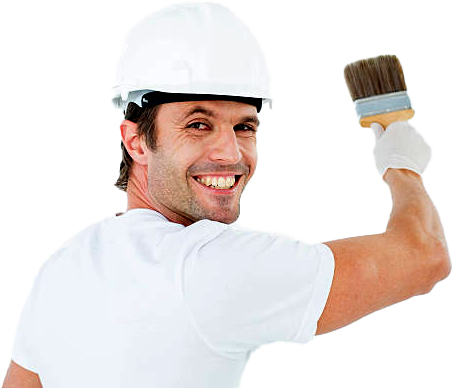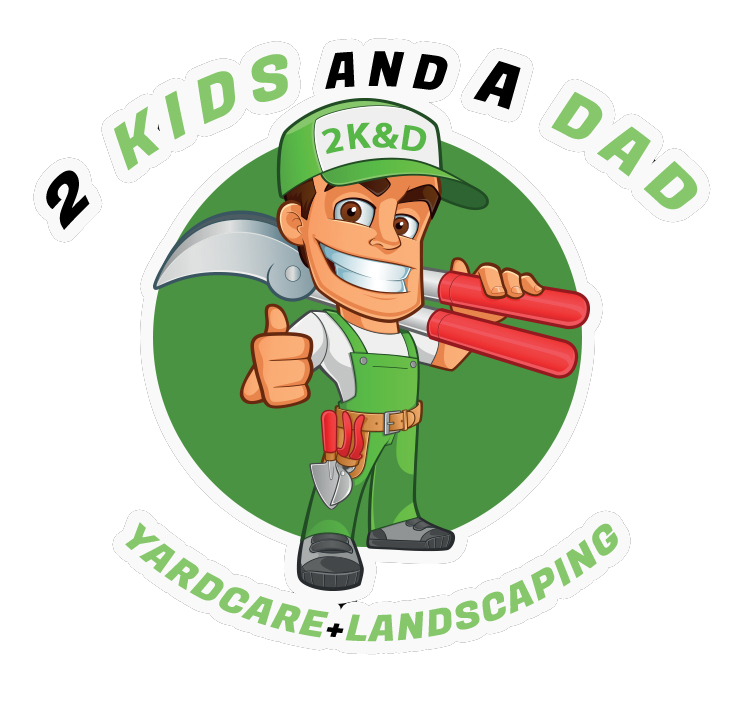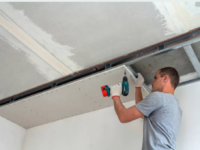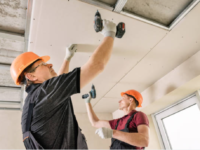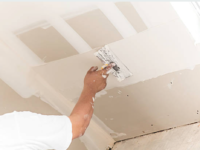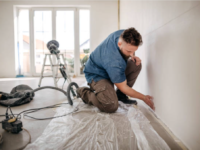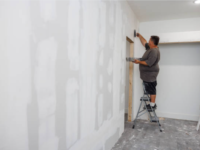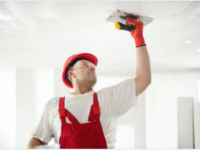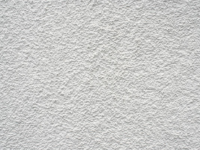Services
Download Brochures
Drywall +Texture!🅿️
Drywall repair and wall texture are common services provided to fix damaged or imperfect walls and ceilings. Here's some key information about drywall repair and wall texture:
Drywall Repair: Drywall, also known as gypsum board or plasterboard, is a popular building material used for interior walls and ceilings. Drywall repair involves fixing cracks, holes, dents, and other damage to restore the surface to its original condition. Common causes of drywall damage include impacts, water leaks, settling, and wear and tear.
Surface Preparation: Proper surface preparation is essential for successful drywall repair. This may involve cutting out damaged sections, patching holes with joint compound or drywall patching material, and sanding to smooth the surface. For larger repairs, additional reinforcement such as mesh tape or drywall patches may be needed.
Joint Compound: Joint compound, also known as drywall mud, is a versatile material used for filling and smoothing seams, joints, and imperfections in drywall. It comes in various formulations, including lightweight, all-purpose, and setting types, each offering different drying times and workability. Joint compound is applied with a putty knife or drywall trowel and sanded smooth once dry.
Texturing: Wall texture is applied to drywall surfaces to add visual interest, hide imperfections, and create a unique look and feel. There are various texture patterns and techniques available, including orange peel, knockdown, popcorn, skip trowel, and swirl, each offering different levels of texture and complexity. Texturing can be applied using specialized tools or by hand, depending on the desired effect.
Matching Existing Texture: When repairing or patching drywall, it's important to match the existing texture for a seamless finish. This may involve replicating the texture pattern using the same technique and materials or blending the repair area into the surrounding surface using feathering and blending techniques. Experienced professionals can accurately match existing textures for a flawless result.
Priming and Painting: Once the drywall repair and texturing are complete, the surface should be primed and painted to provide a uniform finish and protect the repaired areas. Primer helps seal the surface and ensure proper adhesion of the paint, while paint adds color and further enhances the appearance of the wall or ceiling.
Professional vs. DIY: While minor drywall repairs and texture touch-ups can be done as a DIY project, larger or more complex repairs are best left to professional drywall contractors. Professionals have the skills, experience, and tools to accurately assess and repair drywall damage, match existing textures, and achieve professional-looking results.
Overall, drywall repair and wall texture services are essential for maintaining and enhancing the appearance of interior walls and ceilings. Whether it's repairing a small hole or applying a custom texture pattern, professional drywall contractors can help ensure that your walls look their best.
DRYWALL+WALL TEXTURE!🅿️
We are here for all of your DRYWALL + Texture needs 24/7/365.
